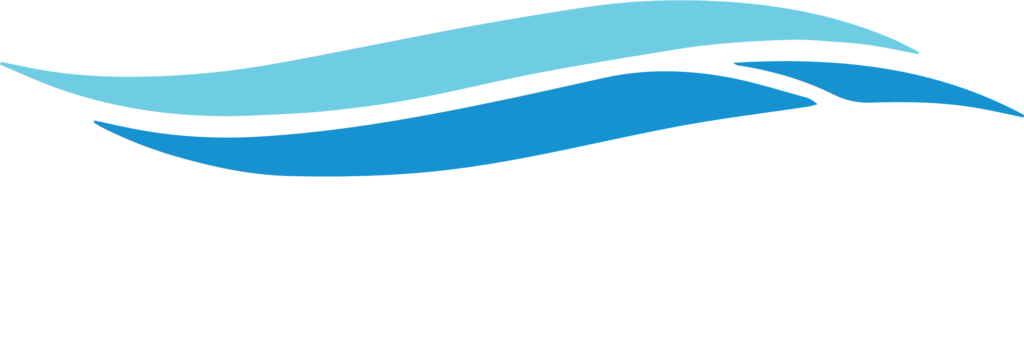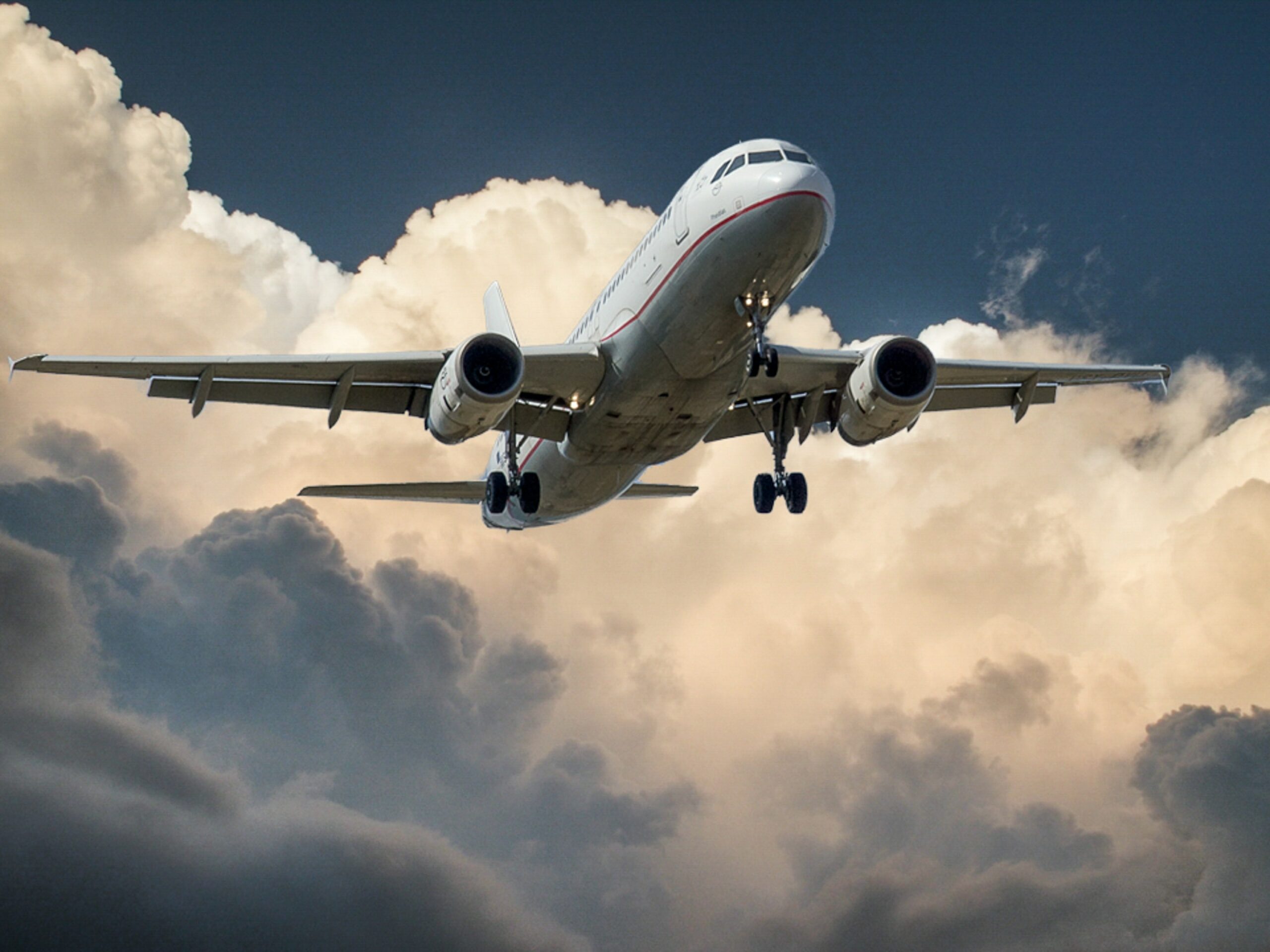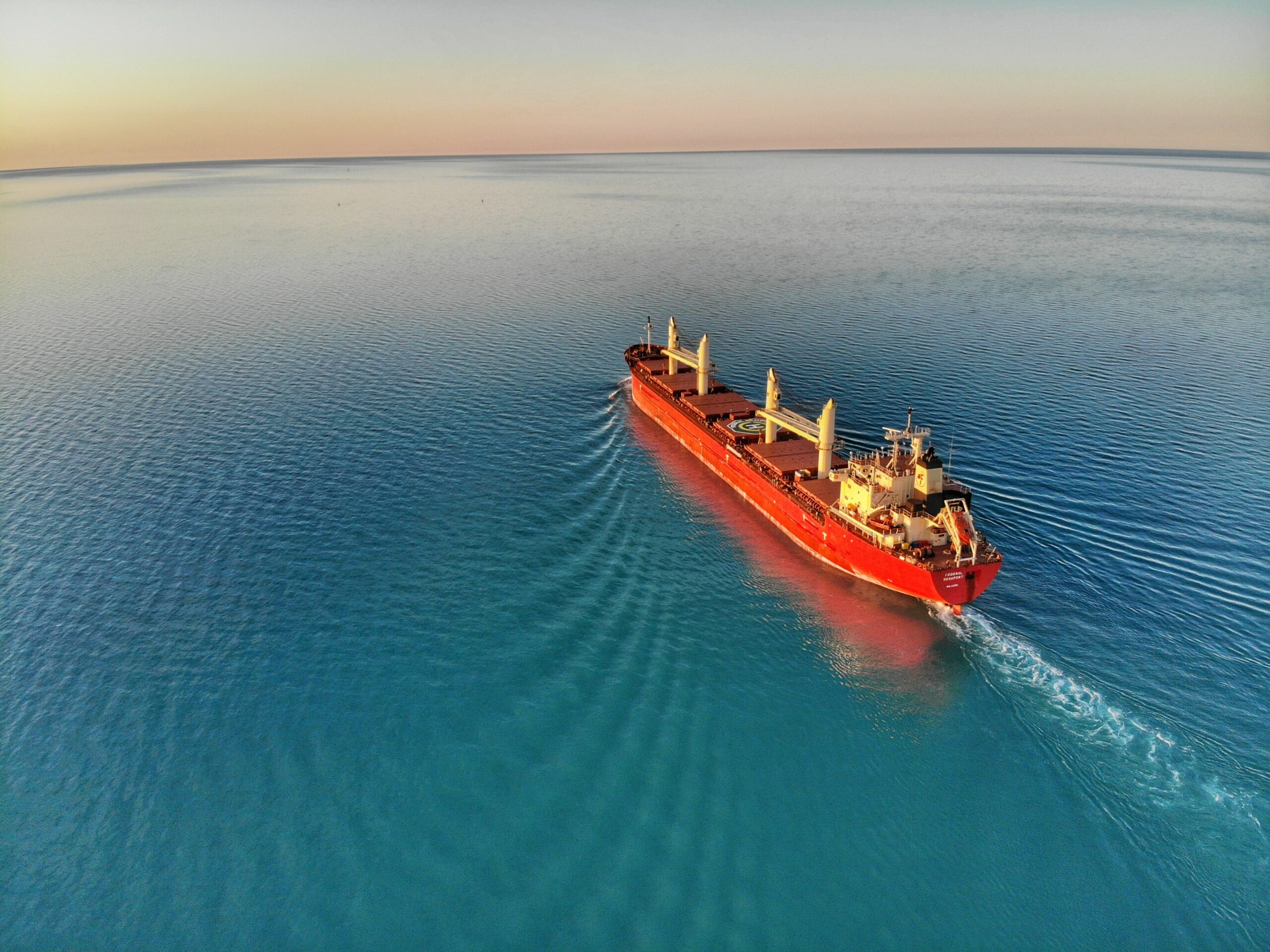By: AJOT
A crucial safety system that’s relied on to avoid potentially fatal collisions at major US airports is aging and plagued by outages that have left travelers unprotected for months at a time. At some airports, it hasn’t ever been installed.
The technology — which tracks vehicles on or near runways to alert controllers before impending crashes — often uses decades-old radar equipment for which spare parts are difficult to find, according to government data and the president of the union representing air-traffic controllers.
Keeping track of ground traffic at airports is particularly important at a time when runway-safety incidents appear to be surging. This year, there have been at least eight incidents involving airliners that aviation regulators ranked as severe, or that prompted probes by US accident investigators. That’s almost double the average for each full year since 2018.


